Detoxing from alcohol or other substances is often the first step in addiction treatment. In fact, many people have their first-ever encounter with the treatment system through detox. And as with any first step, this stage of recovery can profoundly impact the rest of your journey.
As you plan for treatment, you may find yourself asking these questions:
Do I even need to detox?
Where do I detox?
Where can I get help planning my detox?
That’s why we’ve created this guide to drug and alcohol detox, which covers the need-to-know information.
We’ll start by examining the purpose of detox and how it fits into your recovery journey.
What’s the Purpose of Detox?
The U.S. Substance Abuse and Mental Health Services Administration (SAMHSA) defines detox for substance abuse treatment1 as “a set of interventions aimed at managing acute intoxication and withdrawal.”
During detox, your body withdraws from alcohol or drugs. For this reason, some medical bodies like the American Society of Addiction Management (ASAM) have actually replaced the term “detoxification” with “withdrawal management.” Alcohol withdrawal can potentially be life-threatening,2 so we can’t discuss detox without stressing the importance of safety. It’s safest to detox under medical supervision, with the support of specialized, experienced professionals.
It’s also important to note that while detox is often the first step towards sobriety, it’s not a lasting solution to changing addictive behaviors.
According to SAMHSA’s Detoxification and Substance Abuse Treatment manual, “Detoxification, in and of itself, does not constitute complete substance abuse treatment.” Additionally, it stresses that proper treatment involves “ongoing therapeutic services ultimately intended to promote recovery for substance abuse patients.”
Followed by a comprehensive treatment plan aimed at sustainable sobriety, safe detox can serve as a crucial first step towards lasting recovery.
Discover residential rehab detox programs and private detox centers at various price ranges, locations, and for different conditions by exploring our collection of rehabs with detox here.
When Is Detox Required?
Whether or not you need detox depends on the history of your substance use, including the length, level of use, and type of substance used.
Receiving an evaluation from a medical professional is recommended, especially if using benzodiazepines or alcohol as withdrawal from these substances can be life-threatening. You can ask your primary care doctor or psychiatrist to connect you to the right resources. Rehabs also offer over-the-phone detox assessments as part of the intake process, then a more in-depth evaluation with a clinician.
Director of Admissions Heather Charlet describes Gallus Medical Detox Centers‘ process:
“The detox process typically starts when a loved one, or the person who needs to come in, calls. We talk to them, get some basic information, then complete an over-the-phone assessment for about 20 or 30 minutes. We ask them a series of questions: their basic history, medical history, and their substance use.”
As a rule of thumb, if you notice signs of substance or alcohol abuse as outlined in the Diagnostic and Statistical Manual of Mental Disorders (DSM-5), you may want to consider getting an evaluation for detox. Some signs of substance abuse include:
- Cravings to use substances
- Inability to cut down or stop substance use
- Taking more substances than you plan to
- Using substances for longer than intended
- Continuing to use substances even when it puts you in danger or otherwise negatively affects your life
Because of the physiological effects of frequent exposure to substances,3 it’s always recommended to consult with a medical professional before attempting to detox.
When you consult with a medical practitioner, they’ll determine your safest detox option by performing assessments such as:
- A body exam to check for symptoms like rapid heart rate and shaky hands
- Blood and urine tests
- Toxicology screening
Do You Need to Detox Before Rehab?
Most residential rehabs require you to be substance-free for a certain number of days before coming in. You can find out if detox is recommended for you during your initial assessment during the admissions process.
What Can You Expect From Detox?
Your substance use history will affect the withdrawal experience, how long you can expect to detox, and whether or not you’ll need medication-assisted treatment (MAT).
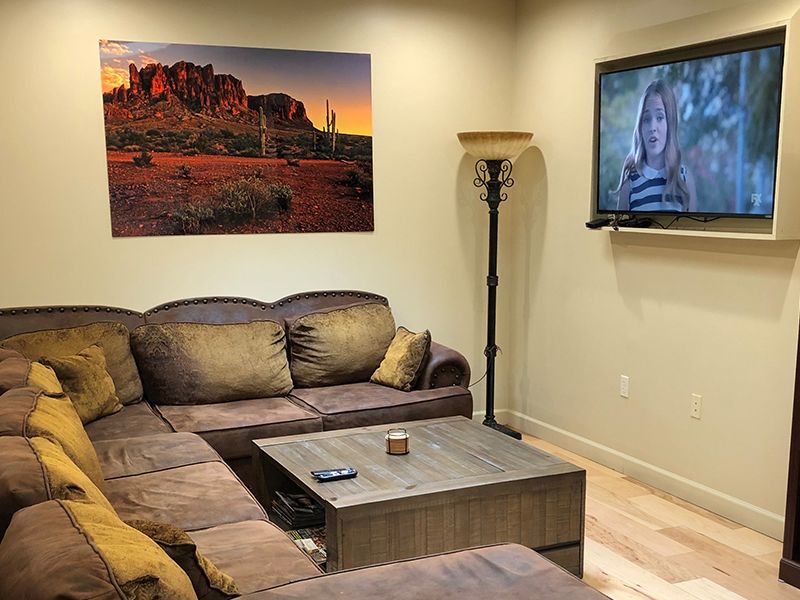
Here’s what you can expect from detox:
A few hours after you stop using, your body begins to adjust to substances leaving your system. This adjustment process can lead to the development of withdrawal symptoms. It might sound daunting, but keep in mind that the purpose of a supervised detox is to minimize the severity of these symptoms and ensure you’re safely clearing your body of substances.
Substance withdrawal occurs in stages,4 which are categorized as early, peak, and late stages.
Early Stage
Depending on the substance, this occurs 6 to 12, or up to 30 hours after you’ve stopped using. Milder symptoms like anxiety and irritability will start to show.
Peak Stage
This stage occurs 24 to 48 hours after you’ve stopped drinking, or 72 hours for opiates. Symptoms are at their worst and can include tremors, chills and vomiting. Relapse is most likely at this stage, so having a strong support system and medical supervision is advised.
Late Stage
The body is getting used to the absence of substances and withdrawal symptoms begin tailing off. If you’ve been on a medical detox, medication can be tapered down.
On average, detox takes 3 to 7 days. Opiates and benzodiazepines are known to take the longest to withdraw from and it can take up to 14 days for withdrawal symptoms to peak.
In more serious cases, your doctor might recommend medication-assisted treatment:5 medication combined with counseling and behavioral therapy.
Detoxing From Different Substance Addictions
Withdrawal effects vary by substance, with some posing more dangerous side effects than others. We explore detoxing from different substances below.
Detoxing From Alcohol
Alcohol detox poses a high risk with potential for severe withdrawal side effects like delirium tremens (DT), a life-threatening side effect of alcohol withdrawal6 that can cause seizures. Delirium tremens symptoms usually show up 2 to 3 days after someone last ingested alcohol.
- Symptoms include anxiety, nausea, tremors and other psychological and physical symptoms.
- The alcohol detox time frame is 5 to 7 days.
Detoxing From Benzodiazepines
Benzodiazepines detox carries a high risk with potential for severe withdrawal side effects. Unsupervised withdrawal from benzodiazepines can result in lethal side effects,7 including seizures.
- Symptoms include anxiety, insomnia, vomiting and other psychological and physical symptoms.
- The benzodiazepines detox time frame is one day to several months until treatment is introduced.
- Withdrawal peaks within the first 14 days.
Detoxing From Opiates
Australia’s National Drug and Alcohol Research Centre published that opiate withdrawal can be lethal.8
- Symptoms include muscle pain, anxiety, rapid heart rate and other psychological and physical effects.
- The opiate detox time frame is up to 7 days. Those who are detoxing can develop post-acute withdrawal symptoms9 lasting weeks, months or even years.
Detoxing From Cocaine
Cocaine withdrawal is known to be more psychological than physical.
- Symptoms include agitation, anxiety, depression and other effects on mood.
- The time frame for cocaine detox is up to 7 days.
How Do Different Facilities Handle Detox?
You have several options for detox, so it helps to know what each entails.
Substance Abuse Detox at Hospitals
After a medical evaluation, your doctor will suggest the best course of treatment. Usually, family and friends aren’t allowed to visit during substance abuse detoxes. However, clinical staff are there to soothe your symptoms and offer round-the-clock support. They should also keep you informed of the status of your progress.
Detoxing at a Residential Rehab Facility
When you contact an inpatient rehab, you’ll complete an over-the-phone assessment during the intake process. This is usually followed by an in-depth evaluation with a clinician, during which they’ll recommend a detox plan. Some on-site detox centers offer counseling during detox to ease you through its discomforts. And when you’re finished detoxing, you’ll have a smoother transition into treatment.
What to Expect at a Private Detox Center
Many rehabs don’t have in-house detox facilities, but will refer you to a detox center and help you with transfers and other necessary logistics. Admissions staff at private centers can provide an assessment and answer your questions about cost, what to expect in treatment, and your estimated length of stay. Private detox centers are fully equipped to handle everything related to detox, and some may specialize in certain types of cases.
Douglass Weiss, President & Chief Customer Officer of Gallus Detox Centers, discusses these special cases:
“If a patient is a longer term user or a higher level user of a substance, detoxing can be very difficult and has a significant mortality risk to it. When you have patients taking multiple substances, you have to be prepared in order to deal with those side effects. Residential treatment centers don’t have that level of expertise. So we’re equipped to take the patients that they can’t handle.”
How Detox Is Handled at Home (Outpatient Detox)
If you have a strong support system at home and your condition doesn’t require hospitalization, you may be able to opt for outpatient detox.10 Similarly to the other options, you’ll go through an initial assessment and outline your detox plan with a health professional. You’ll then visit a hospital or clinic daily (weekdays only), either during the day or evening. Outpatient detox programs usually range from 3 to 14 days, with sessions that run from 15 to 30 minutes. However, if your detox program includes a day hospital program,11 your sessions may last several hours. Keep in mind that outpatient detox is only done under the supervision of a medical professional working at the treatment facility you’ve signed up with.
This arrangement works for people who want to keep up with work or family responsibilities while getting the addiction treatment they need.
Understanding Your Detox Options
For many people, detoxing is a crucial part of the recovery journey. Given the importance of this step, it’s best to be equipped with accurate, up-to-date information surrounding it. The good news is, our understanding of detox from substance abuse has grown tremendously. Today, a number of different detox programs are available across the globe and it’s easier than ever to find one that fits your needs. And the more you understand about how detox works and what options are available to you, the more equipped you’ll be to find a solution.
See our collection of rehabs offering detox here.
Frequently Asked Questions About Detox
What is detox?
Detox is the process of removing drugs or alcohol from the body. It’s often the first step in addiction treatment, and it can be a challenging process. However, detox is an important part of the recovery process, and doing so under proper care can help to reduce the risk of relapse.
What are the risks of detoxing at home?
There are many risks associated with detoxing at home. Some of the most common risks include seizures, severe withdrawal symptoms, and relapse.
What are the benefits of detoxing in a medical setting?
Detoxing in a medical setting can improve your safety, comfort, and chances of success as medical professionals monitor you for any complications and provide treatment if needed. It’s also more likely to be successful than detoxing at home, as your care team gives you the support you need to stay sober and can help your develop a plan for long-term recovery.











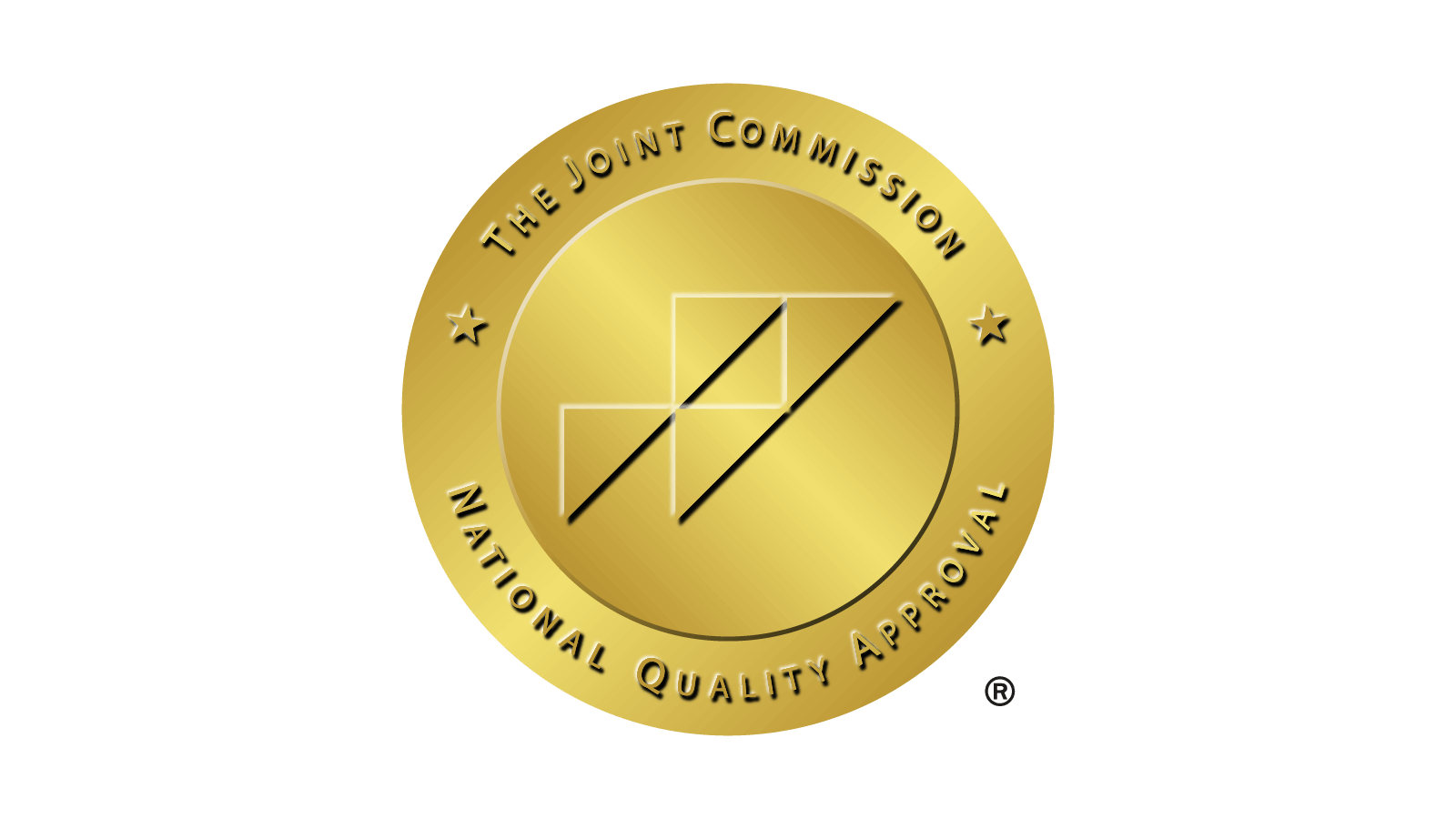
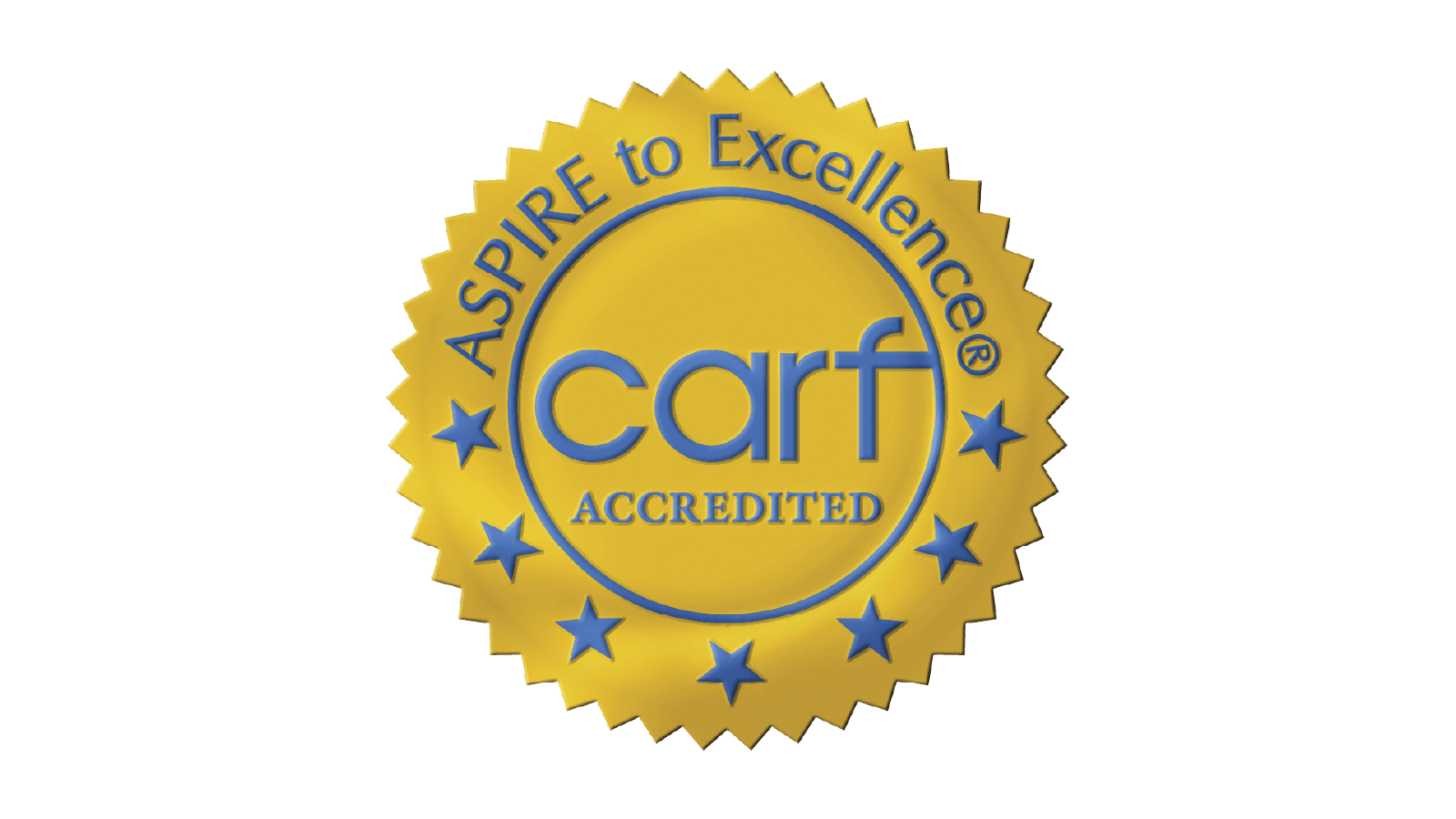
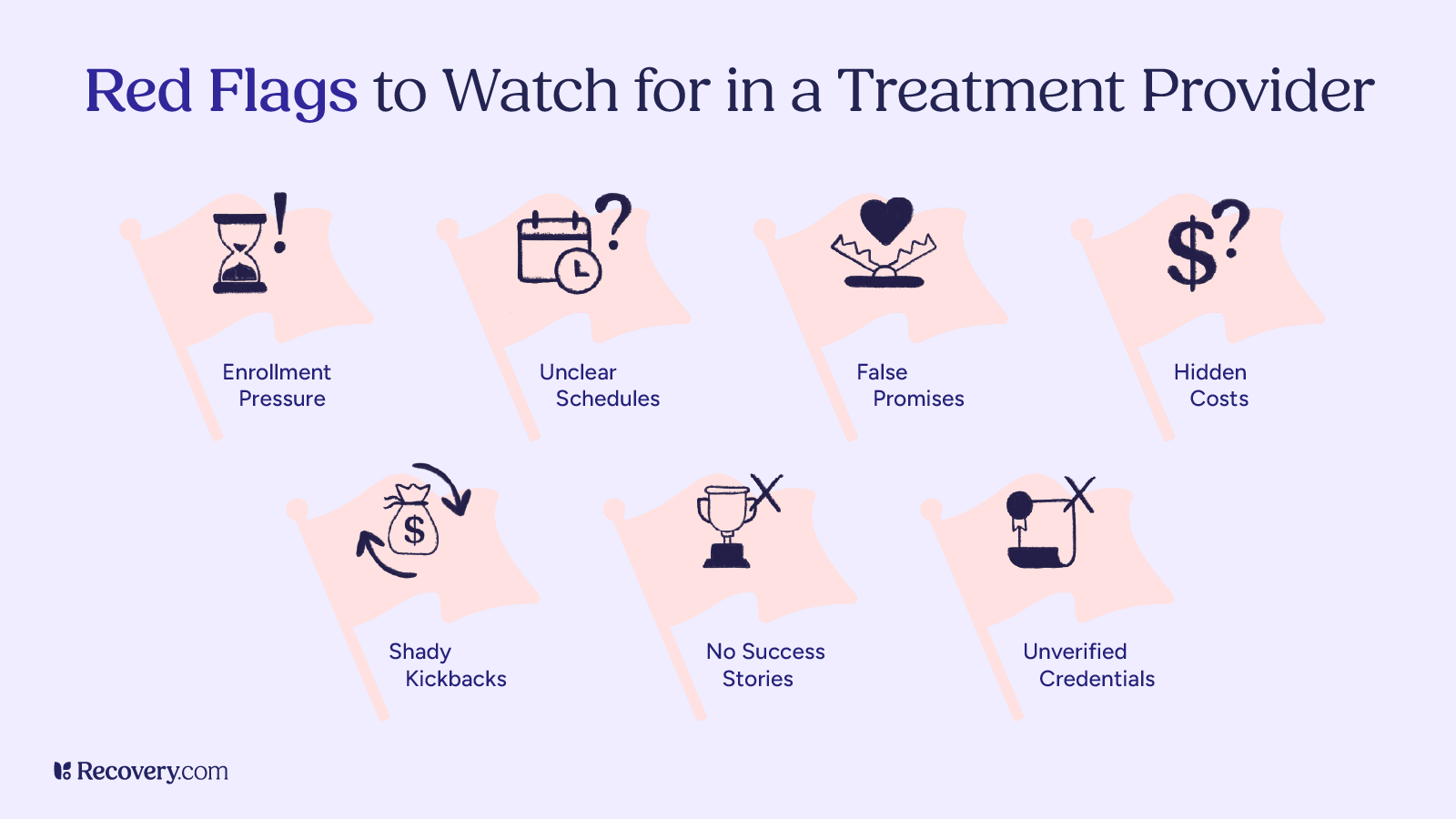
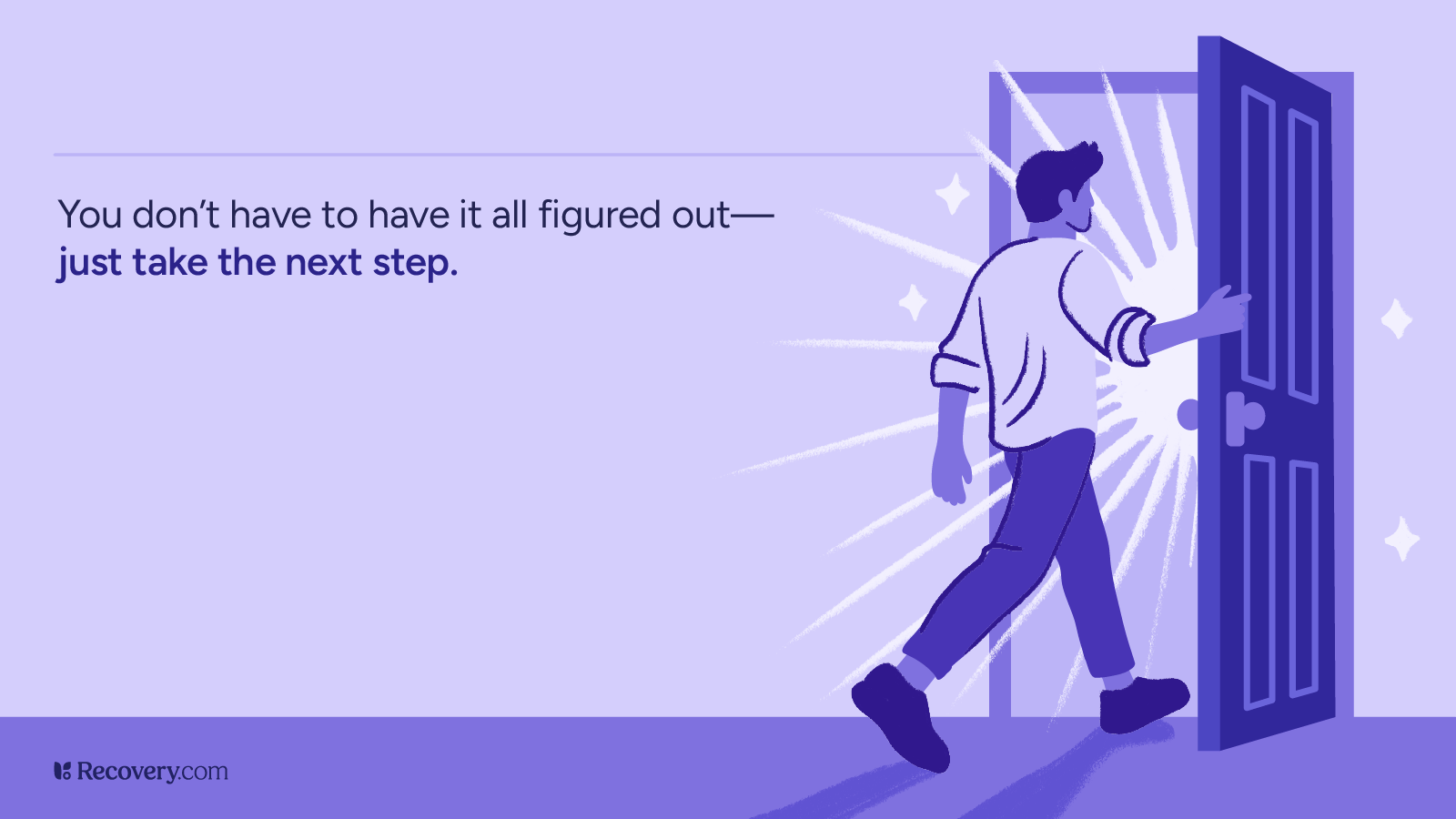


 /caption]
/caption]





